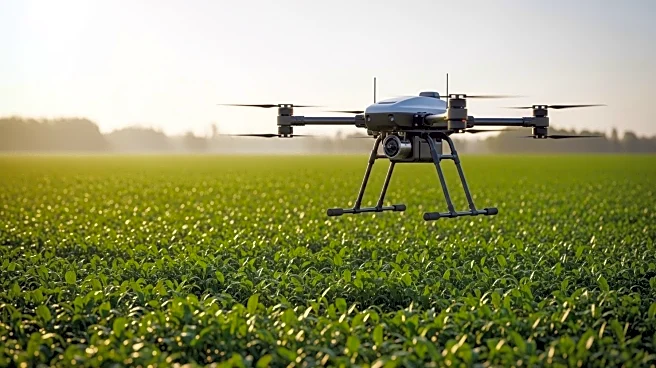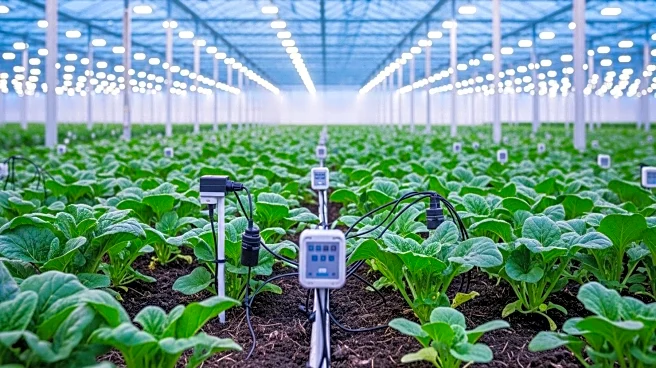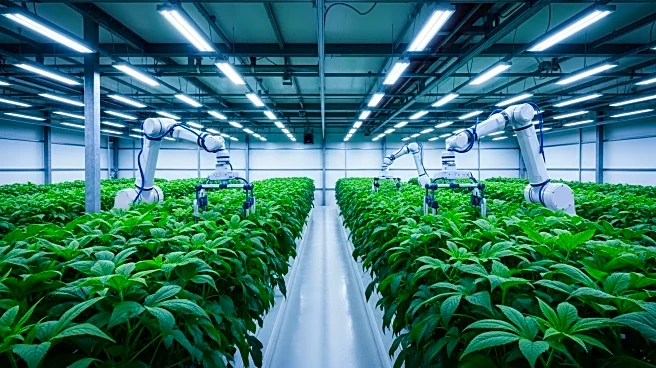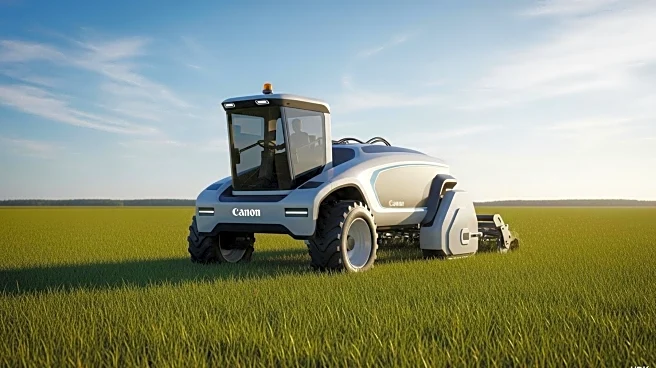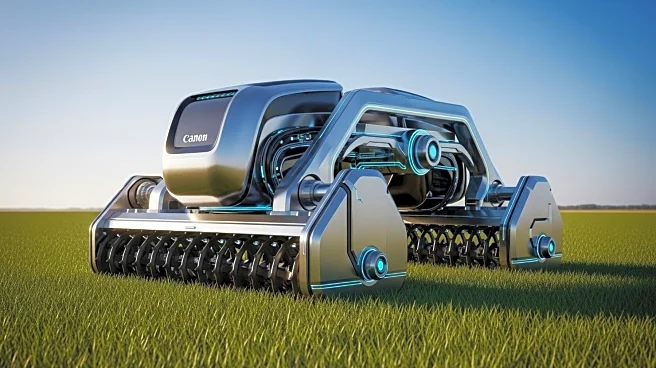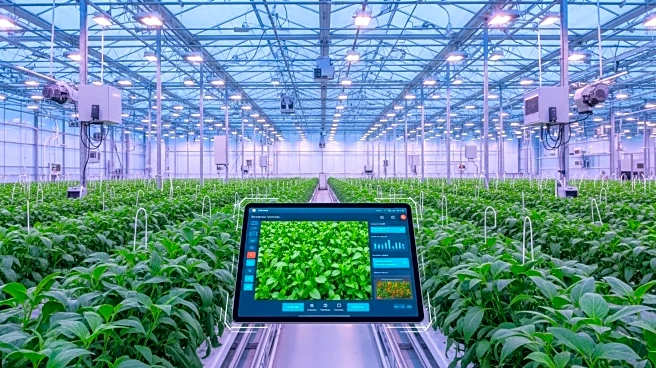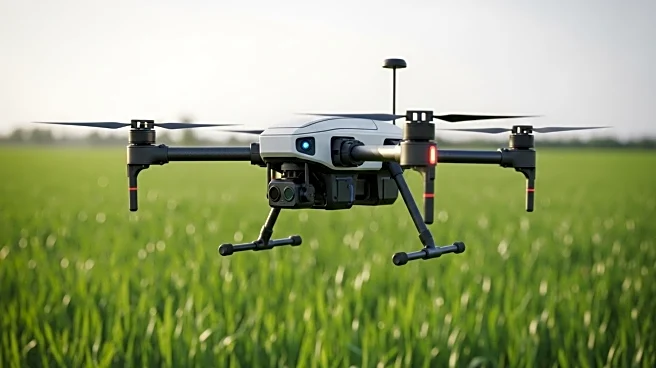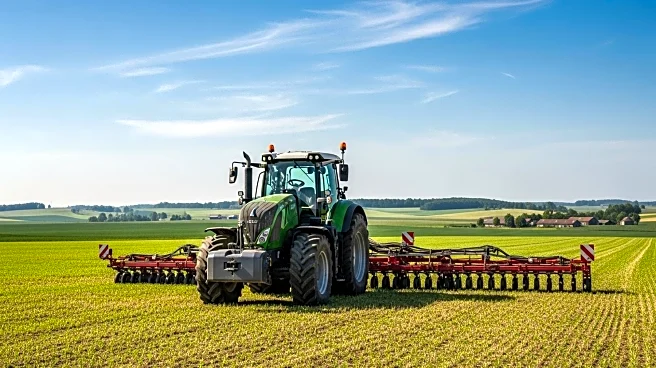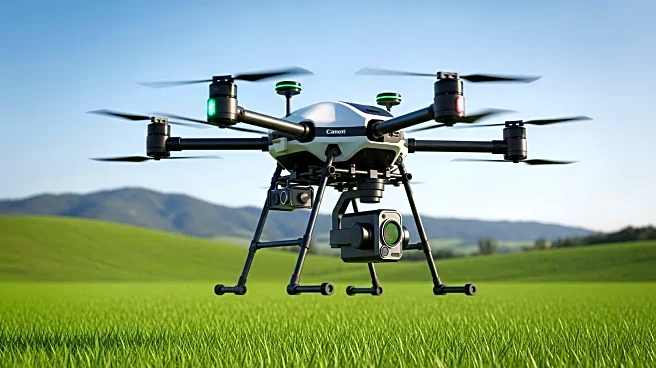What is the story about?
What's Happening?
Christian Dreyer, co-owner and managing director of Amazone, discusses the challenges and opportunities in achieving true autonomy in soil work. While driving in 2D is relatively straightforward, Dreyer emphasizes that 3D soil tasks require more time and development. Despite global challenges such as the war in Ukraine and supply chain uncertainties, Amazone is experiencing renewed growth and is investing in both smart, autonomous implements and larger high-capacity machines. Dreyer believes that widespread use of autonomous tractors and robots in the field will take at least 5 to 6 more years.
Why It's Important?
The pursuit of autonomy in soil work represents a significant technological challenge, with the potential to revolutionize agricultural practices. Achieving true autonomy can enhance efficiency, reduce labor costs, and improve precision in farming operations. Amazone's commitment to innovation and investment in autonomous technology reflects the industry's drive towards smarter and more sustainable farming solutions. The discussion highlights the importance of patience and continued development in realizing the full potential of autonomous agricultural machinery.
What's Next?
Amazone is expected to continue investing in the development of autonomous soil work technology, with a focus on overcoming the challenges associated with 3D tasks. As technology advances, further innovations in autonomous farming equipment are anticipated, potentially leading to widespread adoption in the coming years. The company's partnership with AgXeed and investment in smart implements will likely drive progress and set new standards in the industry.
Beyond the Headlines
The challenges in achieving autonomy in soil work underscore the complexity of agricultural tasks and the need for continued innovation. The discussion reflects broader trends in the industry, including the shift towards digitalization and automation. It highlights the importance of collaboration and investment in driving technological progress and ensuring the long-term sustainability of the agricultural sector.
AI Generated Content
Do you find this article useful?
